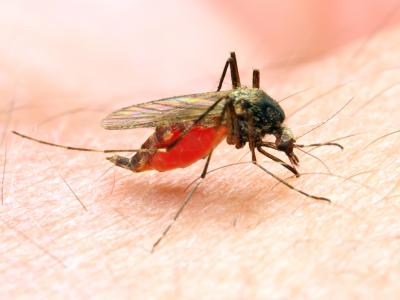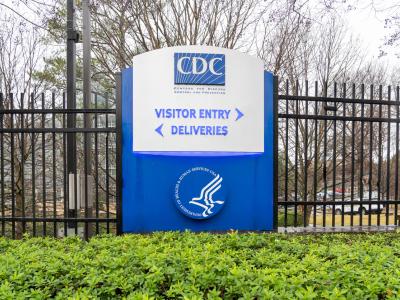Two new studies paint a comprehensive picture of current long COVID cases in the United States, and both suggest the condition limits daily activities for a significant proportion of those affected.
About 1 in 5 have daily limitations
In Morbidity and Mortality Weekly Report researchers used data collected from the 2023 Behavioral Risk Factor Surveillance System (BRFSS), a large, population-based cross-sectional survey of US adults, to assess the prevalence of long COVID.
Survey participants were asked about their sex, age, previous COVID-19 illness, current long COVID, and whether they experienced significant activity limitation due to long COVID.
In total 6.4% of those surveyed said they were currently experiencing long COVID. Of those, 1 in 5, or 19.8%, said their symptoms caused significant limitations when carrying out daily activities.
There were significant geographical differences in long-COVID prevalence, from 2.9% (95% confidence interval [CI], 1.7% to5.1%) in the US Virgin Islands to 9.7% (95% CI, 8.7% to 10.9%) in West Virginia.
Idaho, Puerto Rico, and West Virginia all had 8% or higher prevalence of long COVID. Those areas were also in the highest 20% for the prevalence of significant long-COVID–associated activity limitation.
These estimates might help guide jurisdiction-specific policy, planning, or programming to support U.S. adults reporting Long COVID–associated limitations.
"Adults with Long COVID, particularly those with significant Long COVID–associated activity limitation, might require additional supports to aid recovery, such as health care resources and workplace accommodations," the authors wrote. "These estimates might help guide jurisdiction-specific policy, planning, or programming to support U.S. adults reporting Long COVID–associated limitations."
2024 long-COVID rate remains steady
The 2024 long COVID research index classified 20% of participants with known prior SARS-CoV-2 infection and 4% of those without known prior SARS-CoV-2 infection as having likely long COVID (vs 21% and 5%, respectively, in the 2023 index) and 39% of participants with known prior SARS-CoV-2 infection as having possible long COVID, according to new research published in JAMA.
A total of 13,647 participants (11,743 with known SARS-CoV-2 infection and 1,904 without) were included in the analysis, which was part of the Researching COVID to Enhance Recovery (RECOVER-Adult) study. The average age was 45, and 73% of participants were female.
The study builds on the 2023 index, and updates the long COVID index with information from 4,000 more participants and expanded symptom questionnaires.
The 39% of participants with possible long COVID is a new category added this year, the authors said. This new category can help guide future prospective studies of the condition, they added.
Recent studies have demonstrated a wide range for the prevalence of long COVID, whether measuring current long COVID or the rate of people who have ever had the condition.




















